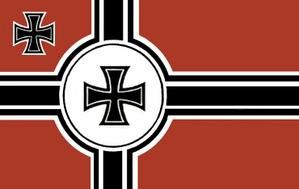

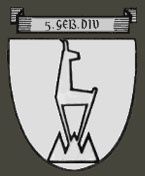
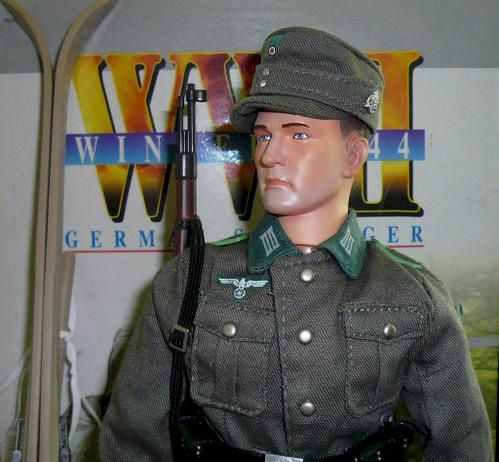
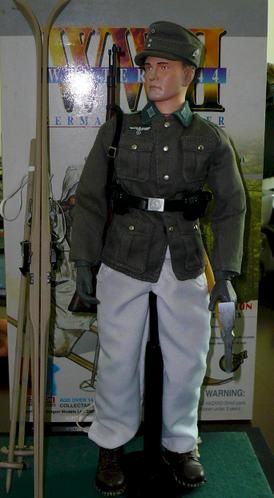
![]()
![]()
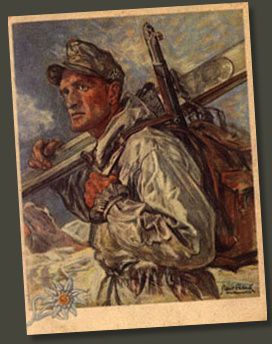
5.Gebirgsjäger-Division
| Lineage | 5.Gebirgsjäger-Division | |||||||||||||||||||||||||||||||||||||||||||||||||||||||||||||||||||||||||||||||||||||||||||||||
| Campaigns | Greece, Crete 1941 Occupation of Crete 1941-1942 Eastern Front 1942-1943 Italian Front 1943-1944 Western Front 1944-1945 | |||||||||||||||||||||||||||||||||||||||||||||||||||||||||||||||||||||||||||||||||||||||||||||||
| History | The 5.Gebirgsjäger-Division was formed in the Autumn of 1940 with the 100.Gebirgs-Regiment from the 1.Gebirgsjäger-Division. At the time, the 1.Gebirgsjäger-Division had three Gebirgs-Regimenter, and the third was detached and supplied for the creation of the 5.Gebrigsjäger-Division. The 10.Infanterie-Division also supplied the 85.Infanterie-Regiment when it was upgraded to a motorized division. The other units of this Division were supplied from both the 1.Gebirgsjäger-Division and the 10.Infanterie-Division. | |||||||||||||||||||||||||||||||||||||||||||||||||||||||||||||||||||||||||||||||||||||||||||||||
| Organization |
| |||||||||||||||||||||||||||||||||||||||||||||||||||||||||||||||||||||||||||||||||||||||||||||||
| Commanders |
| |||||||||||||||||||||||||||||||||||||||||||||||||||||||||||||||||||||||||||||||||||||||||||||||
| War Service |
|



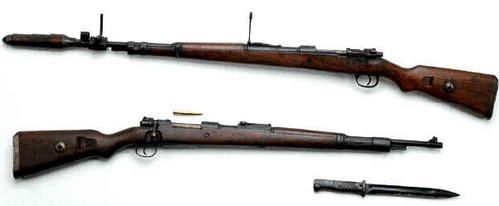
Mauser K98k carbine (data for Gew.98 in parenthesizes)
Caliber: 7.92x57 mm Mauser in German service;
Action: manually operated, rotating bolt
Overall length: 1101 mm (1250 mm)
Barrel length: 600 mm (740 mm)
Weight: 3.92 kg (4.09 kg)
Magazine capacity: 5 rounds in integral box magazine

7.92x57mm
(also known as 7.9mm or 8mm Mauser)
Ammo on stripper clip
The Mauser company , established by the two Mauser brothers, established its reputation in firearms making in the last decades of the XIX century, and continued to build a very well thought-out and skillfully built firearms until the end of the World War 2. Some years after the WW2, the Mauser company was restored in the West Germany and continued to build firearms, but mostly a larger-caliber ones, like the aircraft cannons etc. But some of earlier Mauser works became the standards against which all others designs are judged, even after some 100 years after its introduction.
One of such designs, is undoubtfully a Mauser model 1898 rifle, also known as Gew. 98 or simply G98 (G = Gewehr, rifle in German). This rifle was designed from the experience, gained on previous Mauser designs, and was first appeared in 1898 as a standard German army infantry rifle. It was carried by Germans through the First World war, along with carbine shortened version, known as K98 (or Kar-98, from Karbiner = carbine). In the 1904 Germans were first to introduce the new, "spitzer" bullet (with pointed tip, instead of the older blunt, round-shaped tip). New bullet had much better long-range ballistic, so all sights were regraduated for new ammunition.
During the interwar period this fine design was slightly altered to became the K98k - Karbiner Kurz, or short carbine - a somewhat shorter, lighter and handier version of the original one. This version appeared in 1935 and was manufactured until the 1945 in large numbers not only by Germans, but also in numerous countries, occupied by Germans. Many versions of this design also were licensed to other countries, which also used to build their own versions of the G98. Most famous of those "foreign Mausers" are Persian Mausers, Turkish Mausers, Czech VZ-24 Mausers, Yugoslavian Mausers and some others. The list of the vast variety of the Mauser-type versions could easily cover a number of pages, but, for the sake of compactness, I will describe only the basic, German model.
The model 98 rifle is a manually operated, magazine fed, bolt action rifle. The magazine and the bolt action are the two most famous features of the model 98. Magazine is a two-row, integral box, with quickly detachable floorplate. Magazine could be topped either with single rounds, by pushing rounds into the receiver top opening, or via the stripper clips. Each clip can hold 5 rounds, enough to fill the magazine, and is inserted into the clip guides, machined into the rear receiver bridge. After the loading, empty clip is ejected automatically when bolt is closed. Magazine could be unloaded by operating the bolt (safety must be in the middle position!) or by removing the magazine floorplate (not recommended).
Mauser bolt is a simple, extremely strong and well thought out design. The bolt has three locking lugs, two at the bolt head and one at the rear part of the bolt.
The bolt handle is rigidly attached to the bolt body. On the original Gew 98 rifles it was straight and located horizontally when bolt was in the closed position. On the K98k the bolt handle was bent down, which allowed for more comfortable carrying and bolt operations. Bolt has a gas vent holes that are designed to move the hot gases away from the shooters face and into the magazine opening in the case of the cartridge case or primer rupture. Next famous feature of the model 98 bolt is a "controlled feed" extractor. Massive, non-rotating claw extractor was designed to engage the cartridge rim as soon as cartridge left the magazine, and held the cartridge case firmly until it was ejected by the ejector, fixed inside the receiver. Combined with a slight bolt retraction at the last stage of the bolt turn-open rotation, caused by the cammed surface on the rear receiver bridge, this resulted in very positive primary extraction.
Model 98 is a striker-fired weapon. Striker is cocked when bolt is rotated to open, allowing for smoother forward bolt pull. The rear part of the striker is protruded from within the bolt, so state of the action (cocked or not) can be checked visually or even manually. The bolt group can be easily removed from the receiver simply by pulling out the bolt stop, located at the left wall of the receiver, and then by rotating and pulling the bolt out. The safety switch is located at the rear of the bolt and has three positions: in the left position (when looking from behind the rifle) it locks the sear and also locks the bolt in place, so it could not be rotated and opened. in the middle (raised) position it still locks the sear, but bolt is unlocked and could be operated, to load and unload the rifle; and in the right position, the rifle is ready to fire. Safety could be easily operated by the right thumb finger.
Model 98 rifle featured a one-piece wooden stock with semi-pistol grip. Gew 98 and Kar 98K differ not only in the length of the barrel and the front part of the stock - they also have different sling mountings. While Gew 98 has two sling swivels, the K98k has only one, forward swivel. Instead of the rear swivel there's a through cut in the buttstock, through which the sling is passed. Those rifles also have different rear sights: Gew 98 have a curved, tangent sight, while K98k has more modern, leaf type rear sight. Front sights are of open, barleycorn type, on some carbines with removable semi-circular front sight hoods.
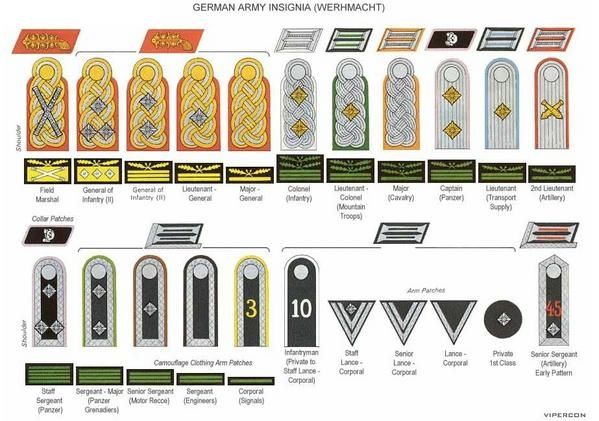

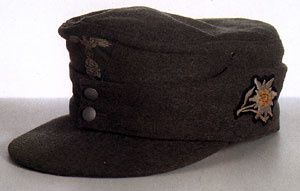

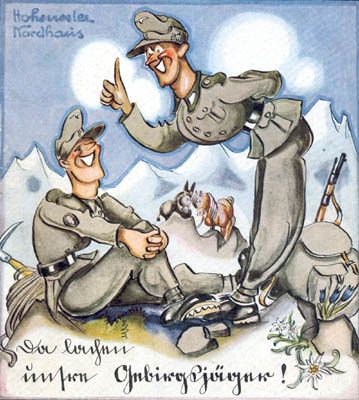


Where Eagles Dare 1968 | 155 mins | War, Drama | Color
An elite group of paratroopers combining of Maj. John Smith (Richard Burton), American Lt. Morris Schaffer (Clint Eastwood) and five other troops are dispatched on a daredevil mission into the Bavarian Alps: to rescue important American General Carnaby from the hands of German High Command. From the moment they parachute behind enemy lines disguised as Gebirgsjäger, it becomes apparent that they face not only the might of the German army, but also a traitor in their midst. Assisting the infiltrators are undercover double agents Mary (Mary Ure) and Heidi (Ingrid Pitt), who aid Smith and Schaffer in infiltrating the Schloss Adler castle, the Nazi hornets' nest only accessible via cable-car.
Marsch der Gebirgsjäger
Gebirgsjager in Caucasus (Nov 1942)
Die deutsche Wehrmacht "Classic Video": Die Gebirgsjäger
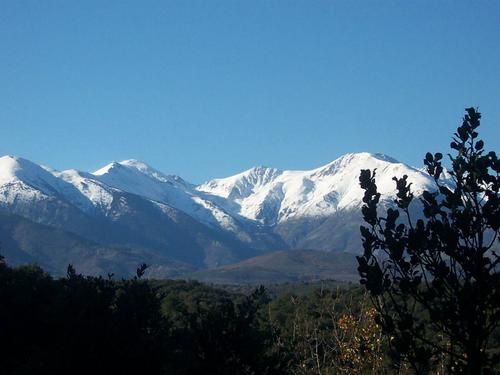






















/idata%2F0396584%2FKOREA%2F71910_korea_MIA1_800.JPG)
/idata%2F0396584%2FU.S.ARMY-POST-WW2%2Fphot4901a.jpg)
/idata%2F0396584%2FDRAWINGS-UNIFORMS-WW2%2F30-451-09b-2.jpg)
/idata%2F0396584%2FP-40%2F44FS000.jpg)
/idata%2F0396584%2FGERMAN-U-BOAT%2FBundesarchiv_Bild_101II-MW-1031-28-_Lorient-_U-31.jpg)
/idata%2F0396584%2FSOVIET-ARMY-WW2%2F1.jpg)




